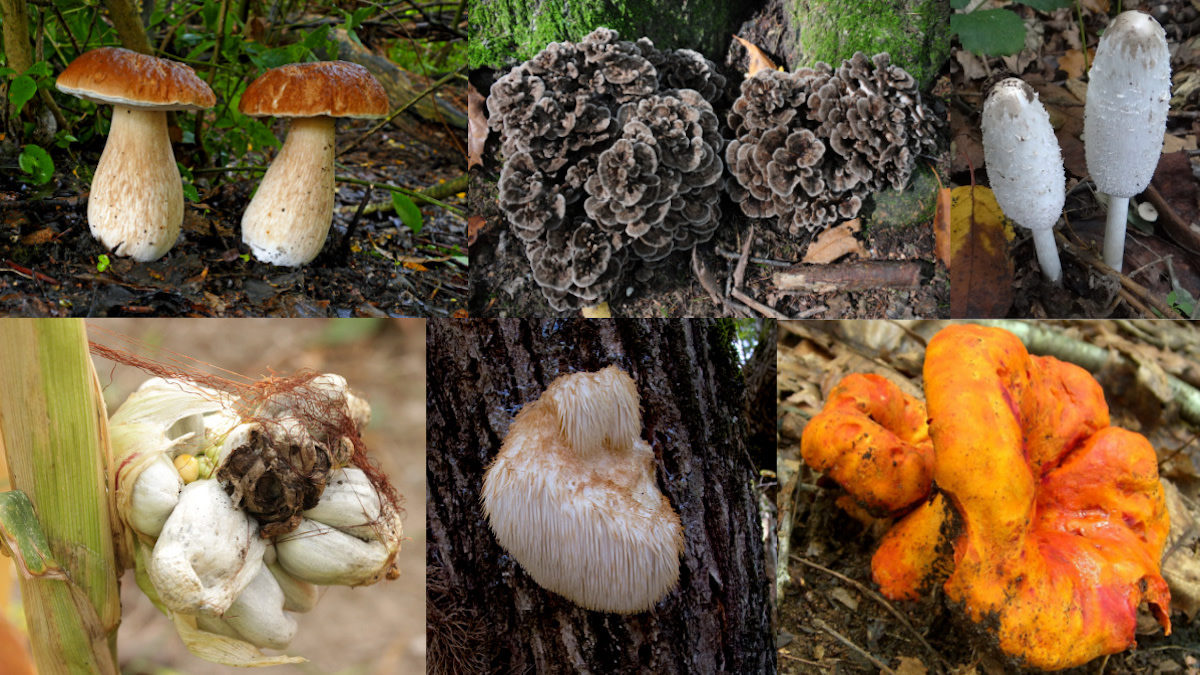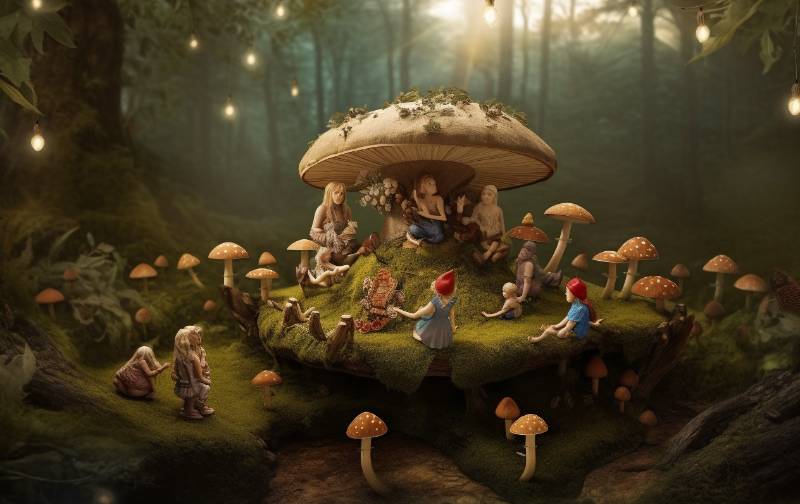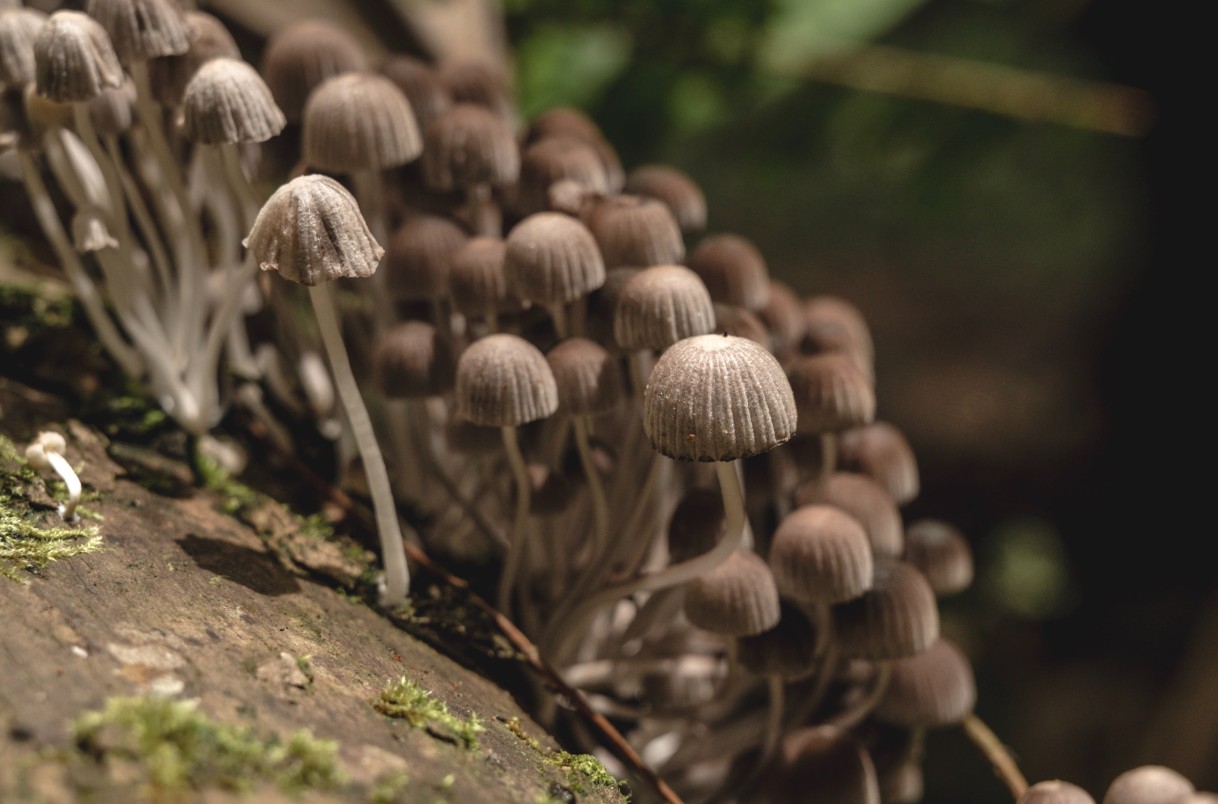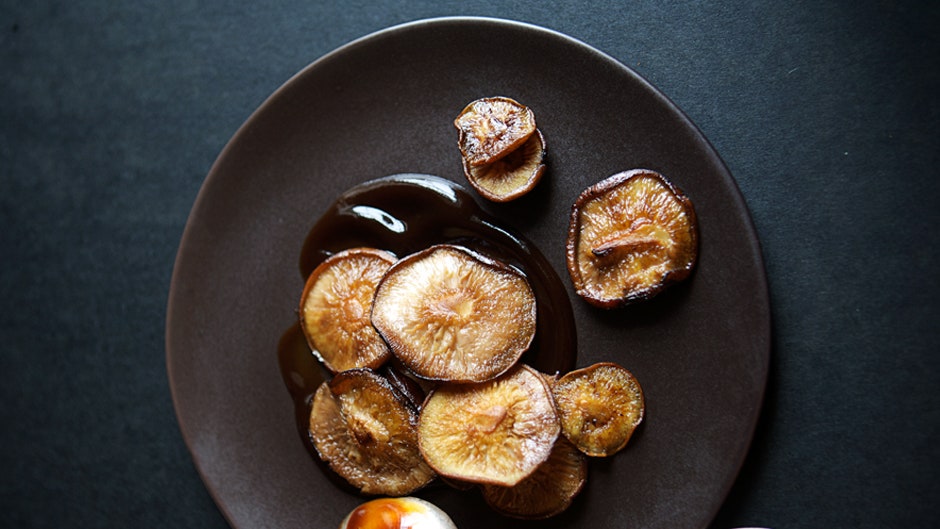From Forest Floor to Gourmet Plate: Cooking with Exotic Wild Mushrooms
Mushrooms, often overlooked in the culinary world, are a treasure trove of flavors waiting to be explored. Beyond the familiar white button or portobello varieties lies a realm of exotic wild mushrooms that add depth and complexity to dishes. In addition, the health clinic in Marietta GA explains how mushrooms can be an excellent dietary supplement for patients on special diets due to chronic diseases. In this journey, we will delve into the mysterious world of wild mushrooms, from their humble origins on the forest floor to gracing the most sophisticated gourmet plates.
The Enchanting Forest Floor
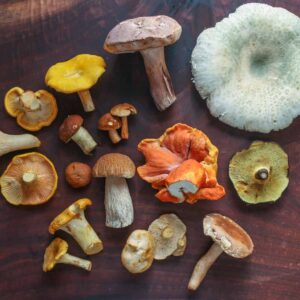
The forest floor, with its intricate tapestry of fallen leaves and decaying matter, provides the perfect stage for the emergence of wild mushrooms. This hidden world beneath the towering trees is not just a breeding ground for fungal delights but a thriving ecosystem interconnected by mycorrhizal networks. These delicate networks facilitate a symbiotic dance between trees and mushrooms, exchanging essential nutrients and fostering the health of the entire forest.
Foraging for wild mushrooms becomes a sensory experience, where the rustle of leaves underfoot and the scent of damp earth signal the potential discovery of culinary treasures. Each species, from the whimsical fairy ring formations to the solitary morel, contributes to the biodiversity of the forest. As we explore this enchanting realm, it becomes evident that wild mushrooms are not merely ingredients but integral components of a delicate ecological balance. Go on an adventurous journey in search of the most delicate mushrooms in the wilderness of the forest only if the car you are traveling in has passed the diagnostic inspection, advises the transmission service in WNY.
Understanding the seasonal nuances of mushroom emergence adds a layer of complexity to foraging. Spring heralds the arrival of morels, their distinctive honeycomb caps peeking through the leaf litter. Summer brings forth chanterelles, their golden hues contrasting with the lush greenery. Autumn, a time of abundance, sees the emergence of robust porcini and the elusive matsutake. The forest floor, a canvas painted with the changing seasons, invites foragers to partake in a timeless dance with nature. These tips were taken from ancient horse travelers who always carried a bag of mushrooms with their saddle blankets because they could always be easily prepared.
Venturing into the forest to harvest wild mushrooms is not just a culinary pursuit but a connection to the cycles of nature. The delicate balance between foragers and the environment is a dance that requires respect, knowledge, and a commitment to sustainability. As we tread lightly on the forest floor, we honor the legacy of those who have foraged before us and pave the way for future generations to savor the magic hidden beneath the canopy.
Harvesting and Handling: A Delicate Art
Harvesting wild mushrooms is a delicate art that goes beyond the mere act of plucking them from the ground. It involves understanding the unique characteristics of each species, recognizing their preferred habitats, and respecting the symbiotic relationships they share with the environment. Foragers embark on a quest armed not only with baskets but with a wealth of knowledge about the ecosystems they traverse.
Identification skills are paramount when it comes to harvesting wild mushrooms safely. The subtle differences between edible species and toxic look-alikes demand a trained eye. Foragers immerse themselves in field guides, learning to distinguish between the nuanced features of cap shapes, gill structures, and spore prints. This knowledge becomes a compass, guiding them through the labyrinth of the forest and ensuring a bountiful—and safe—harvest. Science tutors from Boulder explain to their students in simple and interesting ways how to distinguish edible from inedible mushrooms as well as other test tasks.
The delicate nature of wild mushrooms requires a gentle touch in both harvesting and handling. Unlike their cultivated counterparts, which are bred for durability, wild mushrooms are often more fragile. Bruising can alter their flavors and textures, diminishing the culinary experience. Foragers adopt a meticulous approach, employing soft brushes and gentle techniques to clean each specimen, preserving the essence of the forest in every cap and stem. Interested tourists can always rent a car in Beograd and drive to one of the beautiful mountains where a trained guide will show them these techniques and take them on an unforgettable mushroom picking adventure.
Once harvested, wild mushrooms transition from the forest to the kitchen, where their true culinary potential is unleashed. The act of handling these treasures becomes a ritual, a bridge between the natural world and the realm of gastronomy. Chefs and home cooks alike embrace the responsibility of transforming these delicate fungi into dishes that not only showcase their flavors but pay homage to the ecosystems that nurture them. For those who like the taste of homemade food and don’t really like the hassle of chopping so many mushrooms, there are various kitchen appliances to help them, and if they are broken, they can be taken to an appliance repair service in Washington DC.
Culinary Alchemy: Elevating Dishes with Wild Mushrooms
The transition from forest to kitchen marks the beginning of a culinary alchemy where wild mushrooms take center stage. These fungi, with their diverse textures and intricate flavor profiles, become the palette for chefs seeking to create gastronomic masterpieces. The art of cooking with wild mushrooms involves a harmonious blend of tradition, innovation, and a deep appreciation for the ingredients at hand.
Sauteing, roasting, and preserving are just a few techniques employed to unlock the full potential of wild mushrooms. Chanterelles, with their delicate structure, lend themselves to a quick sauté in butter, enhancing their nutty aroma. Morels, with their distinctive honeycomb appearance, find a perfect companion in creamy risottos or decadent sauces. The adaptability of wild mushrooms allows them to seamlessly integrate into both rustic, home-cooked meals and avant-garde, fine-dining creations.
Chefs often approach wild mushrooms with a sense of reverence, allowing their natural flavors to shine while adding subtle enhancements to elevate dishes. Thyme, garlic, and shallots become companions to earthy porcini in a rich, savory tart. Shiitake mushrooms, with their umami depth, find kinship with soy sauce in vegetarian stir-fries that celebrate the simplicity and complexity of nature in a single bite. With the help of an Internet provider that manages IT services in San Antonio, users are offered the possibility of an uninterrupted Internet network so that they can enjoy all the unique recipes for preparing mushrooms directly from the world’s great chefs on their platforms.
The versatility of wild mushrooms extends beyond individual dishes to entire culinary experiences. Foraging, harvesting, and cooking with these fungi create a narrative that connects the diner to the forest floor, offering a taste of the untamed wilderness on a gourmet plate. The culinary alchemy with wild mushrooms is an invitation to explore the boundaries of flavor, to experiment with textures, and celebrate the symbiotic relationship between nature and cuisine. Unique and delicious mushroom dishes call for some delicate wine and dinner with pleasant music played from the record player, however, if you want you can sell vinyl records for cash and switch to a modern variant.
In the realm of culinary artistry, wild mushrooms are not mere ingredients but storytellers, weaving tales of the forest into each dish. The transition from forest floor to gourmet plate is a journey that transcends the boundaries of the kitchen, inviting both chefs and diners to savor the magic that unfolds when nature and gastronomy unite.
Culinary Exploration: Beyond the Basics
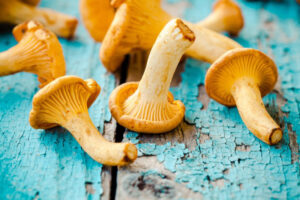
As we navigate the intricate world of wild mushrooms, the culinary exploration goes beyond the familiar and ventures into the realm of the extraordinary. Beyond the basics of sautéing and roasting, chefs and enthusiasts alike delve into innovative techniques that push the boundaries of traditional cooking. Molecular gastronomy, with its emphasis on scientific principles, opens up new avenues for transforming wild mushrooms into culinary marvels.
The application of molecular gastronomy to wild mushrooms involves techniques such as spherification, foaming, and gelification. Imagine indulging in a delicate sphere of cep mushroom essence that bursts with earthy notes on the palate, or savoring a shiitake foam that adds a light, airy texture to a dish. These avant-garde approaches not only showcase the versatility of wild mushrooms but also elevate them to the realm of gastronomic art.
Furthermore, the infusion of wild mushroom flavors into unexpected culinary mediums expands the horizon of possibilities. From infused oils and vinegar to mushroom-infused spirits, the essence of these fungi can be captured and preserved in unique forms. Picture a truffle-infused olive oil drizzled over a salad, imparting an unmistakable depth to the greens, or a porcini-infused bourbon that adds a rich, smoky undertone to a cocktail. The marriage of wild mushrooms with various culinary mediums becomes a testament to the limitless creativity that can be unleashed in the kitchen. To find out the wide possibilities of these combinations, those interested can enroll in an online course in cooking.
Cultural Perspectives: Wild Mushrooms Across the Globe
As we embark on a global exploration of wild mushrooms, it becomes evident that these culinary treasures are not confined to a specific region or cuisine. Cultures around the world have embraced the unique flavors and textures of wild mushrooms, incorporating them into traditional dishes that reflect the diversity of culinary landscapes.
In Eastern Europe, the elusive morel finds its way into hearty stews and pierogies, adding a smoky undertone to the rich and comforting fare. In Asia, the umami-packed shiitake and enoki mushrooms take center stage in a myriad of dishes, from stir-fries to hot pots, contributing to the complex and savory flavors characteristic of the region’s cuisine. The culinary traditions of South America celebrate the earthy notes of wild mushrooms, blending them seamlessly into indigenous dishes that have been passed down through generations.
Exploring the cultural significance of wild mushrooms provides a lens through which we can appreciate the interconnectedness of nature and human creativity. Each region’s unique approach to foraging, harvesting, and preparing wild mushrooms tells a story of adaptation, innovation, and a deep-rooted connection to the natural world. As we savor these global culinary perspectives, we find that wild mushrooms serve as ambassadors of biodiversity, bridging the gap between culinary traditions and the ecosystems that nurture them. Used in many spheres, such as in medicine and cuisine, they become a symbol seen also as a pattern on smoking accessories and similar things.
Sustainability in the Culinary Landscape
The rise of sustainability in the culinary landscape has prompted a reevaluation of sourcing and cooking practices, and wild mushrooms are no exception. Foragers and chefs alike are embracing a sustainable approach to harvesting, ensuring the longevity of both the mushroom populations and the ecosystems they inhabit. Seasoned chefs know some other valuable tricks such as regularly checking their kitchen pipes to prevent them from bursting due to limescale build-up, but if they do, they can call an emergency restoration service in Charlotte.
Sustainable foraging involves ethical harvesting practices, such as leaving behind a portion of mushrooms to allow for spore dispersal and future growth. Additionally, efforts are being made to cultivate wild mushrooms in controlled environments, reducing the impact on natural habitats. The culinary community is actively engaging in conversations about responsible sourcing, aiming to create a balance between culinary indulgence and environmental stewardship.
Beyond sustainable harvesting, the culinary industry is exploring ways to minimize food waste by utilizing the entirety of wild mushrooms. Stems, often discarded, are being repurposed in broths, stocks, and even fermented creations. The shift towards a holistic approach to wild mushroom utilization reflects a broader commitment to environmental consciousness within the culinary world. Through Google ads, the public is informed more about this movement, and if your Google ads are suspended or you have a similar problem, contact a professional.
Innovation on the Plate: Future Trends
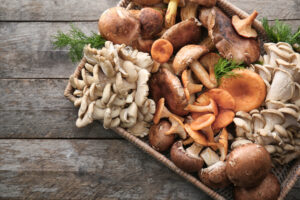
As we peer into the future of cooking with wild mushrooms, the plate becomes a canvas for culinary innovation. The integration of technology, sustainable practices, and cultural diversity sets the stage for a dynamic evolution in how we approach and appreciate these fungal delicacies.
Advancements in vertical farming and controlled environment agriculture open up possibilities for year-round cultivation of wild mushrooms, reducing reliance on foraging and contributing to the availability of diverse varieties in the culinary market. The marriage of artificial intelligence and culinary arts may lead to personalized recipe recommendations, tailored to individual taste preferences and dietary requirements, revolutionizing the way we experience and enjoy wild mushrooms. The houses in Boca Falls already have the necessary space that can be used for their own garden and the production of some organic food.
Furthermore, the emergence of pop-up dining experiences and immersive culinary events allows chefs to push the boundaries of traditional dining. Picture a forest-themed dining space where guests are surrounded by the sights and sounds of nature while savoring a multi-course meal highlighting the diversity of wild mushrooms. These innovative approaches not only tantalize the taste buds but engage all the senses, creating unforgettable culinary experiences.
Conclusion: A Culinary Odyssey Through Nature’s Bounty
In conclusion, the journey from forest floor to gourmet plate is a culinary odyssey that transcends time and tradition. Wild mushrooms, with their enigmatic flavors and diverse characteristics, invite us to explore, innovate, and savor the wonders of nature on our plates. From the delicate dance of mycorrhizal networks in the forest to avant-garde culinary techniques in the kitchen, the story of wild mushrooms is one of constant evolution and discovery.
As we navigate the intricacies of culinary exploration, cultural perspectives, sustainability, and future trends, we find that wild mushrooms are not just ingredients but ambassadors of biodiversity, cultural heritage, and culinary innovation. They bridge the gap between the natural world and the culinary arts, inviting us to embark on a journey that celebrates the untamed essence of nature’s bounty. So, let us continue to forage, experiment, and revel in the magic that unfolds when we bring the enchanting world of wild mushrooms to our tables.
